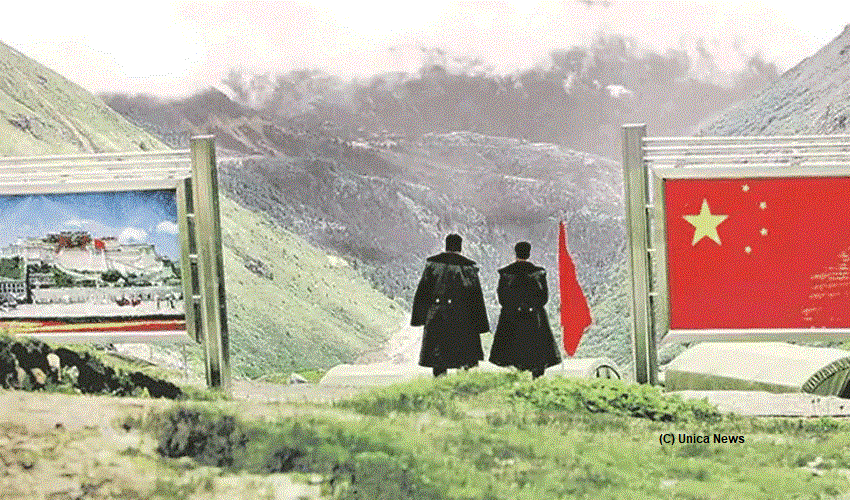
There are reports and policy documents that suggest that China is “training” thousands of Tibetians and pushing them into forced locally and into other provinces in the country.
There are reports and policy documents that suggest that China is “training” thousands of Tibetians and pushing them into forced locally and into other provinces in the country.
In a labour policy that is straight out of Xinjiang’s playbook, China is uprooting thousands of rural Tibetians and turning them into factory workers in their military-style centres where they are reportedly given vocational training and ideological reorientation. Quotas have been set for government officials in Tibet, to be met under the threat of punishment, that will see ethnic Tibetians, who make up 90% of the population there, transferred to low paying jobs in textile manufacturing, agriculture and construction.
According a government website, more than half a million people have been trained in 2020, almost 15% of the region’s population, and 50,000 of them have been given jobs within Tibet, with thousands sent to other parts of China. China says this programme is entirely voluntary, that there is no coercion involved and the workers are compensated according to the law of the land.
Exclusive: China sharply expands mass labor program in Tibet https://t.co/yGuQ4Qif6x
— Mark Dubowitz (@mdubowitz) September 22, 2020
This is the same rhetoric it issued in Xinjiang where a million ethic Uighurs were forced into mass detention centres and given ‘vocational and educational training’. The government argument is that it is lifting rural workers, who are mostly subsistence farmers, out of poverty through precision skills training. They have said mechanisms are in place to ensure labour rights but no details about this have been revealed.
Tibet shares Xinjiang’s history of unrest and large ethnic populations. In both places, rural populations are being displaced ostensibly in a bid to reduce poverty and contribute to Chinese industry. In Tibet, government officials are being sent into villages and town to access the numbers of rural workers, who make up 70% of the population, and plan educational activities for them that would encourage them to be less “lazy” and foster loyalty for the party through song, dance and skits.
But the quotas and military-style training suggest something more sinister. The Tibet Communist Party secretary was previous serving in the same position in Xinjiang and was responsible for instituting the camp system. He is going the same work in Tibet under the radar and at a small level than what was implemented in Xinjiang, according to analysts.







